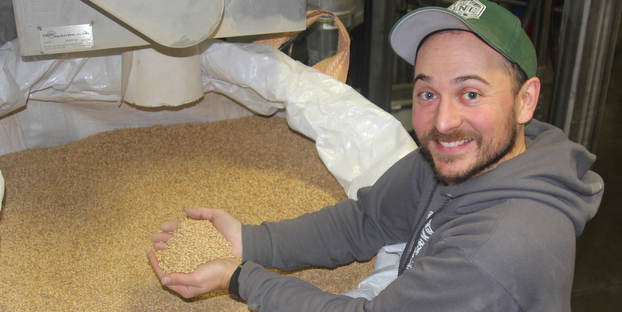
Crunchy kernels of barley tumble from Joel Williamson’s hands as he scoops them up, offering a taste.
“This is a first: The inaugural batch of Lyon malt,” says Williamson, head maltster at Spokane-based craft malting company LINC Malt.
“This is really good,” replies customer Heath Barnes, popping a few grains into his mouth.
Commercial malts are often plain and basic, but craft-malted Lyon is different. Nutty and aromatic, this new Washington State University created variety brings greater depth to beer, explains Barnes, CEO of Washington farmer cooperative Whitgro, Inc. He arranged for LINC Malt to create this first batch, letting Lyon malt lend its signature flavors to craft beers around the Northwest.
Good for growers
Lyon is one of two WSU barley varieties to crack the growing craft malt market. Crop scientists at WSU developed Lyon, for the Palouse country, and Fritz, which thrives in coastal growing areas — both all-round varieties, equally versatile for food, feed and beer.
“What we really wanted was something that would work for Northwest craft maltsters,” says Kevin Murphy, WSU barley breeder.
In Washington, barley is a $20 million crop, with about 4.5 million bushels harvested annually. Compared to wheat, chickpeas and other cash crops, such as spinach and potatoes, barley is a low earner, but farmers still turn to this crop to break disease and weed cycles.
“By giving farmers new malt varieties, we’re adding a lot more value to barley,” says Murphy, who currently testing several potentially malt friendly varieties. “It’s all about discovering where these barleys fit best.”
“New malting varieties like Lyon open up a new world of possibilities for growers,” adds Barnes. “In a tough farm economy, that makes all the difference.”
RELATED: Master maltsters reveal how to strengthen your malt supply chain
Malts with a story to tell
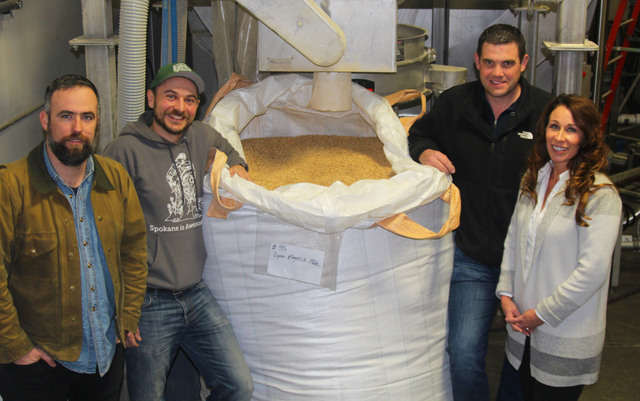
As NZ151, its original breeding designation, Fritz is a personal favorite for many customers at Burlington, Wash., based Skagit Valley Malting, which contracts with farmers for the WSU-licensed variety.
“You wouldn’t expect it, but barley and wheat grow more robustly here than almost anywhere in the world,” says Adam Foy, Skagit Valley Malting’s vice president of business development. “But without malting, the only markets growers had for their barley was food and animal feed.”
Then Steve Jones, director of the WSU Bread Lab, and Wayne Carpenter, Skagit Valley Malting founder, had a lightbulb moment.
“They realized our climate is very similar to Northern Europe, Scotland and the UK, which is known for big, plump, high-extract barley for malting and distilling,” Foy says. “We can grow the same kinds of barley — in fact, even better, thanks to the uniformity of our climate.”
WSU researchers set out to develop special malt varieties, and in 2014, released Fritz, which is exceptional as a malter. Its low protein, crumbliness and chemistry help brewers get more out of the malt, and it helps beer stay stable and dependably flavorful. Skagit Valley Malting doubled its contract for NZ151 this year, and farmers are growing it organically for the first time.
“Brewers want barleys with different malting and brewing qualities,” says Foy. “Instead of looking for sameness, we’re looking for uniqueness.”
“Brewers and beer lovers are realizing there’s a real story to tell through malt flavors,” says Brian Estes, sales and operations manager at LINC Malt. “Success is just a matter of getting malts in front of people so they can taste the difference.”
Satisfying sip
“It makes sense to brew with grains grown close to home,” says Lilly. “I wanted to reap the benefits of geography while supporting the local economy. That’s what my customers are craving.”Graham Lilly, owner and brewmaster at Hunga Dunga Brewery in Moscow, Idaho — the heart of Northwest wheat country — wanted a malt that evoked the Palouse.
He bought Whitgro’s Lyon malt, then set about experimenting to see what it does for a batch of beer. The resulting beer was clean, light and fresh, with a rich reddish-gold hue.
“We haven’t had an opportunity to do that with a locally grown malt, until now,” Lilly says.
For Murphy, the ice-cold glass of Lilly’s Oatmeal Pale Ale was one of the most satisfying sips of his career. Murphy has released five barley varieties for food and feed, but this is his first brewed into beer.
“What a great feeling to drink a beer with WSU barley as the main ingredient!” said Murphy. “For the growers, the maltsters, and for me — we’ve been waiting a long time for this.”

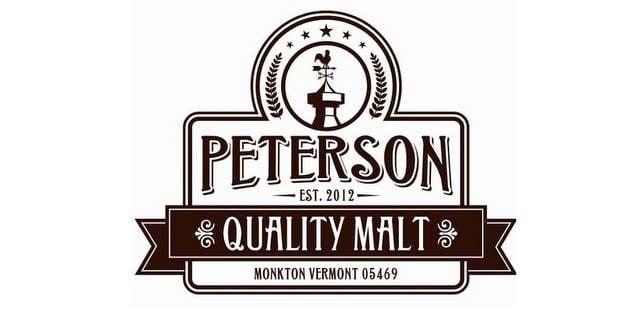
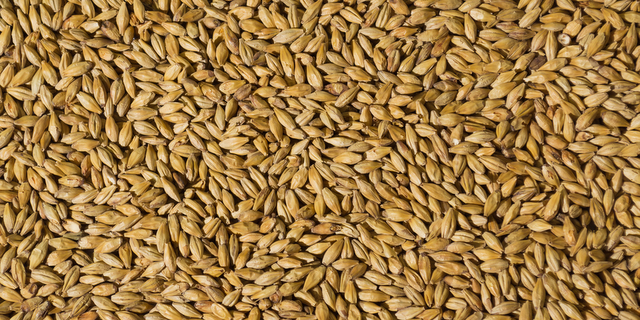
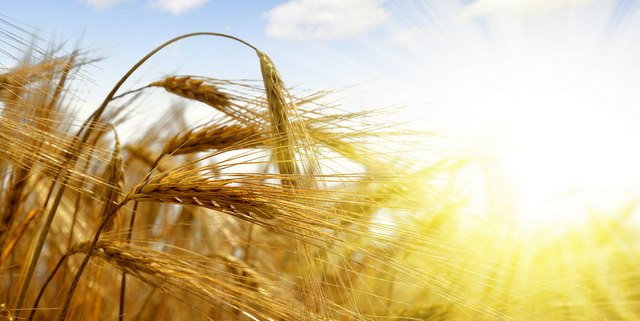
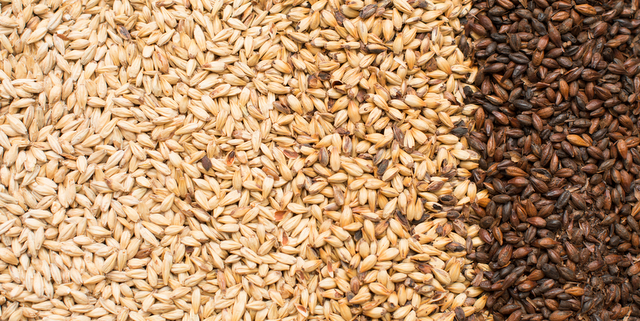
[…] Washington State University breeds new barley varieties for regional brewers, growers […]